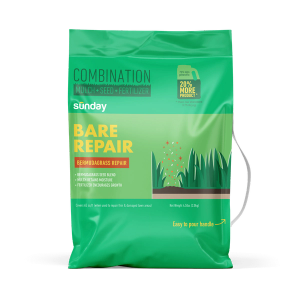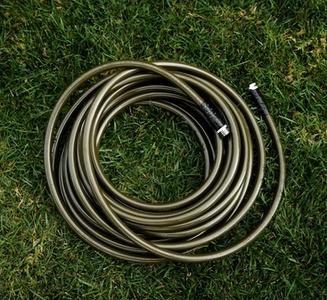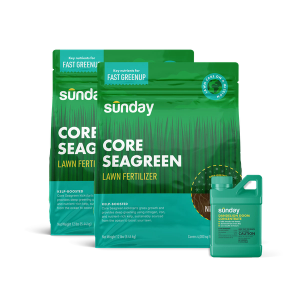What is summer patch?
Summer patch is caused by a fungus and shows up first as small (several inches in diameter) to large (several feet in diameter) circular patches or rings of off-color, unthrifty (poor looking) grass, which will turn yellow or brown before collapsing altogether. It often creates a ring with live grass in the middle, creating a “frog eye” pattern. The outer edges of the patches are typically orange or brown. The roots and crowns of the diseased grass will be black, hard, and rotten, in stark contrast to healthy white roots and crowns of healthy grass. Summer patch recurs in the same spots every year, expanding in size at a rate of about 2 to 4" per year. The symptoms of summer patch and necrotic ring spot cannot be easily distinguished, and homeowners should submit a sample for a definitive diagnosis.
Susceptible species and favorable conditions
Susceptible species: Annual bluegrass, Kentucky bluegrass, and fine fescue. Creeping bentgrass can be susceptible under certain conditions, such as high pH soils (>7.0) and persistent heat stress.
Favorable conditions: Summer patch infections occur once soil temperatures remain consistently high in combination with hot weather (above 70°F). Overwatering, very close mowing, nutrient deficiencies, and summer heat and drought stress encourage the growth of summer patch.
Recommended cultural practices
- Maintain a soil pH between 6.0 and 6.5; if soil pH needs to be lowered, do so slowly.
- Perform core aeration to allow oxygen into the soil.
- Reduce and relieve soil compaction through aggressive aerification and topdressing.
- Raise mowing height during periods of heat stress.
- Water lightly and infrequently; summer patch kills root area.
Chemical control: Fungicides are most effective for summer patch control when used on a preventative basis in the spring when soil temperatures warm to 60 F. Biological fungicides can be effective on summer patch when used on a preventative basis, but have not been shown to be effective for curative treatment.
Photo credit: Lee Miller, University of Missouri, Bugwood.org



















